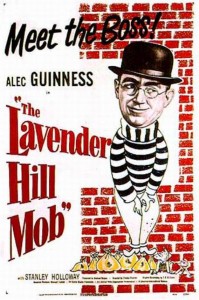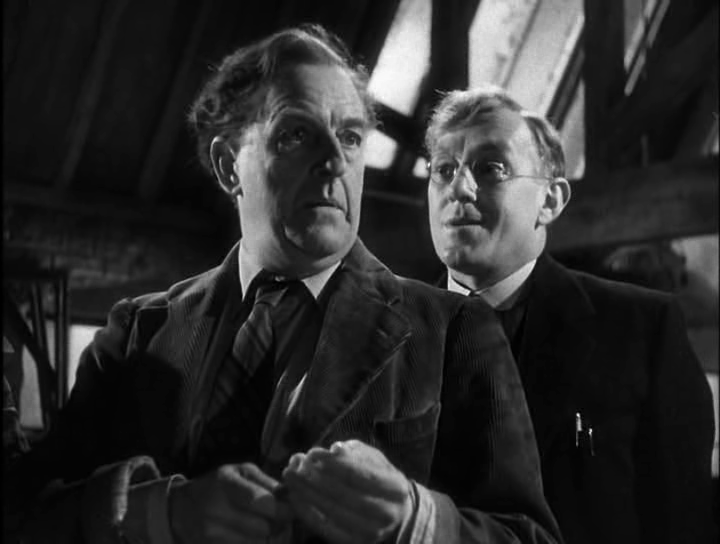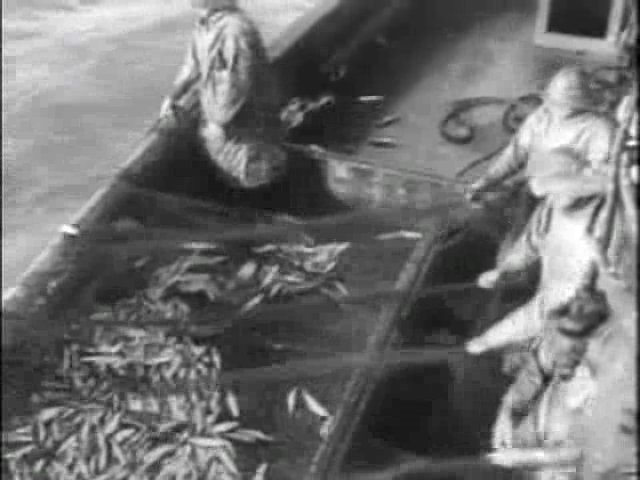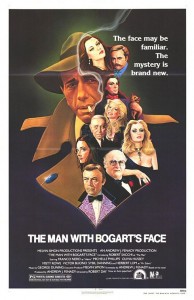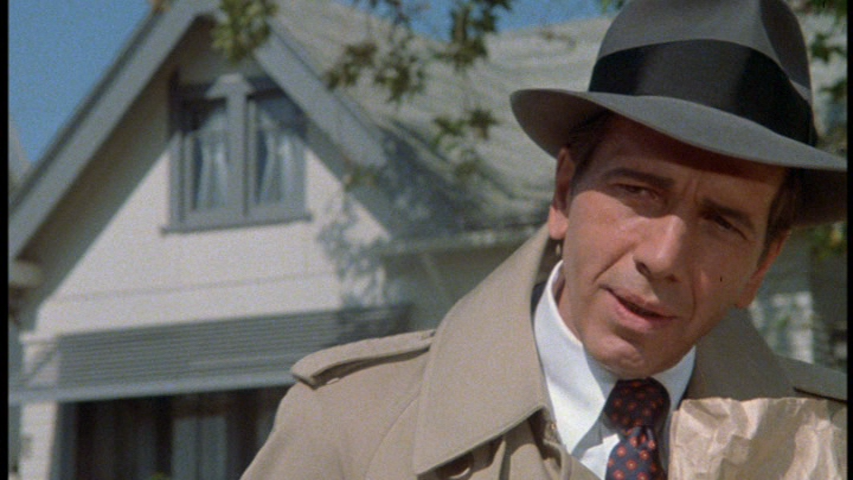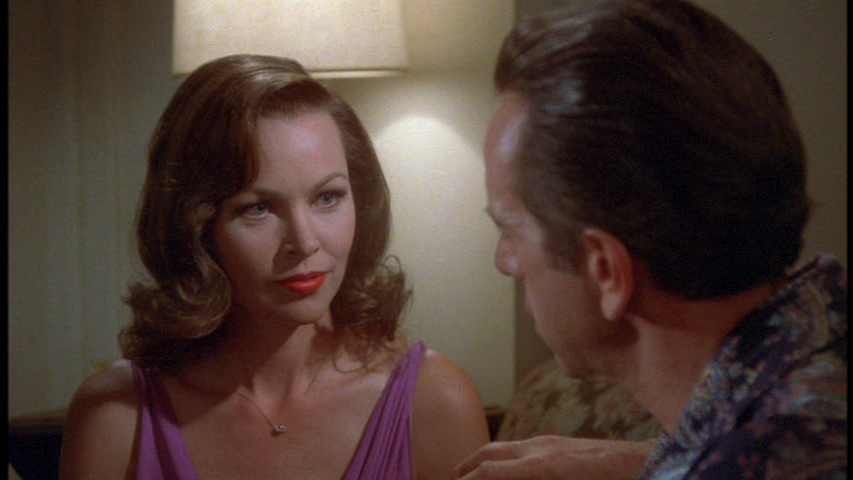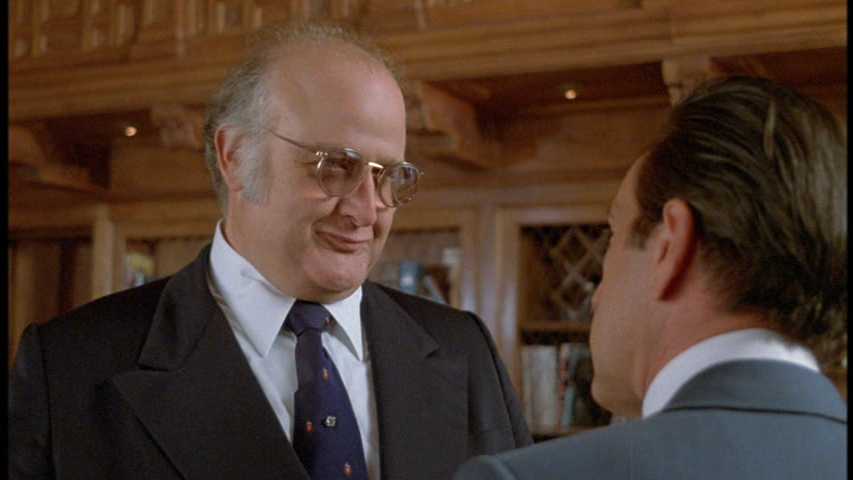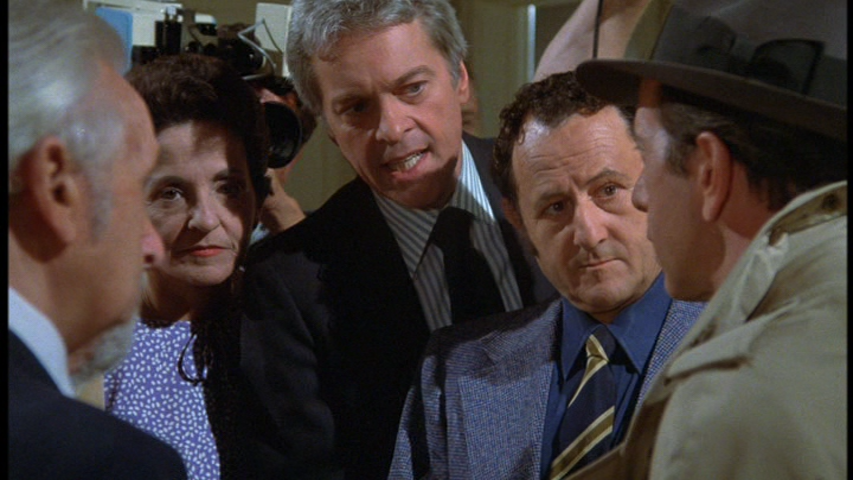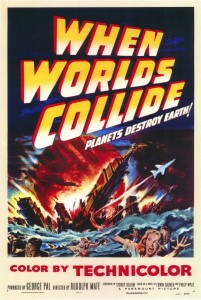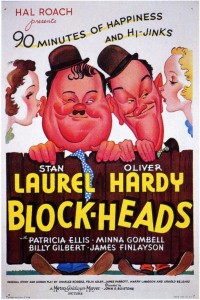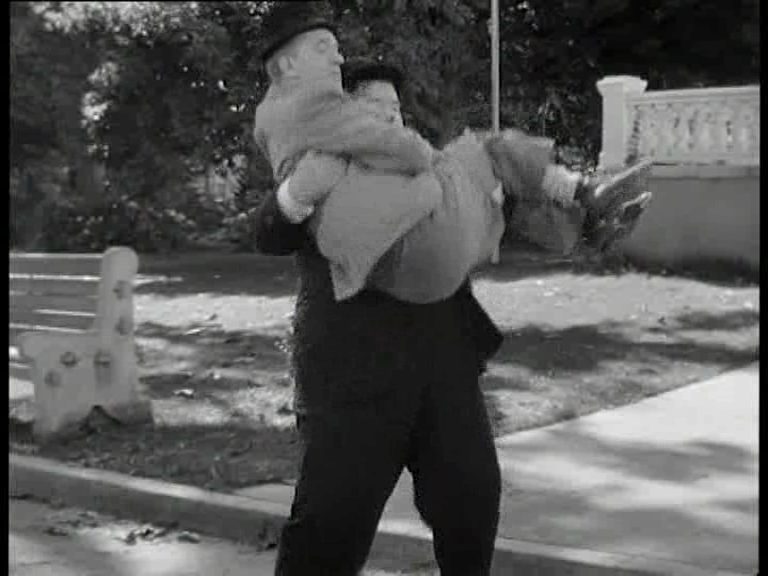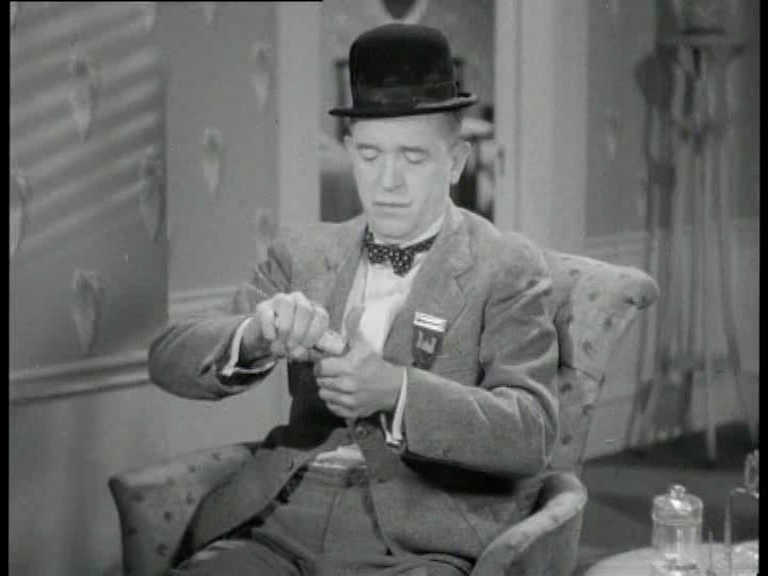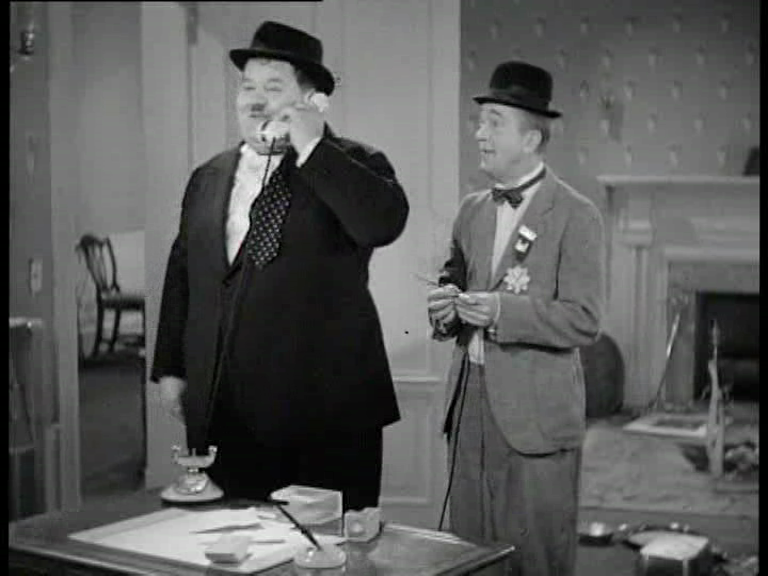|
Genres, Themes, Actors, and Directors:
- Barbara Rush Films
- Disaster Flicks
- George Pal Films
- Love Triangle
- Science Fiction
- Survival
Response to Peary’s Review:
Peary notes that “George Pal’s follow-up to Destination Moon” is “a much better film than [its] predecessor because its premise is much more exciting, encompassing no less than the destruction of earth”. He argues that the “Oscar-winning special effects are particularly impressive during the catastrophe-riddled climax, which, of course, includes New York being struck by a tidal wave”.
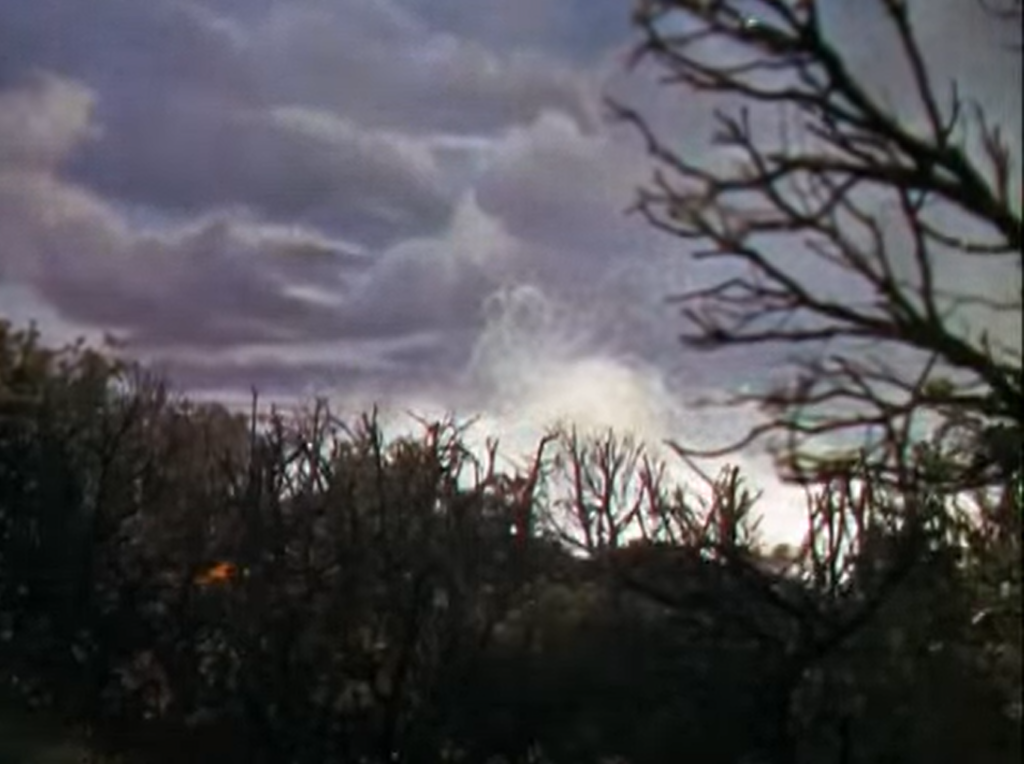
Yet while I agree with Peary that this second film is more intrinsically engaging than Destination Moon, the latter is must-see for historical purposes (as the film which first made space exploration seem like a realistic possibility), while WWC will primarily be of interest to sci-fi fans interested in what is probably the first cinematic depiction of the destruction of the Earth.
In his more detailed analysis of When Worlds Collide, DVD Savant refers to it as “a charming hoot, but still a far better movie than the idiotic Armageddon.” He concedes, however, that “the scientific details are sketchy, especially from the maker of the fastidiously accurate Destination Moon.” For instance, he bluntly notes:
Nowadays, it would seem obvious that if you could only take forty people, the best hope for mankind would be to make most of the human passengers female scientists, doctors and engineers – all extremely young and all fit to bear children. The male component of the passenger list might only be test tubes of sperm for later artificial insemination. Why waste cargo weight on a bunch of redundant drones, when you need all the breeder females you can get?
But what fun would that be to envision — right? Even more disturbing to my mind is the utter homogeneity of the core group of potential travellers, who are all (all) white.

You’d think that some kind of perspective on future diversity would be taken into consideration even back in 1951 — but so it goes. Regardless, those who enjoy ’50s sci-fi flicks will be able to take the film’s more dated elements in stride, and simply enjoy its “impressive special effects”, which “wowed ’em in 1951 and can still spark imagination and wonder” (though I’ll admit to finding some of them — i.e., the final matte paintings representing the planet Zyra — to come across as hopelessly artificial).

Redeeming Qualities and Moments:
- George Pal’s Oscar-winning special effects
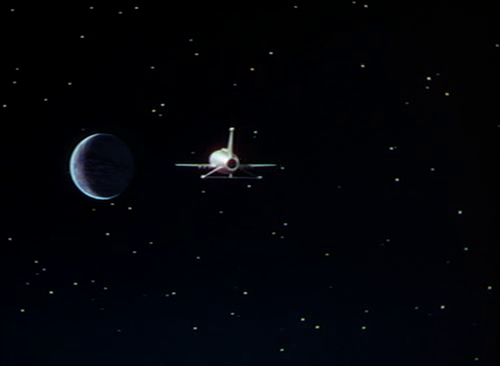
Must See?
No, though it’s worth a look.
Links:
|
